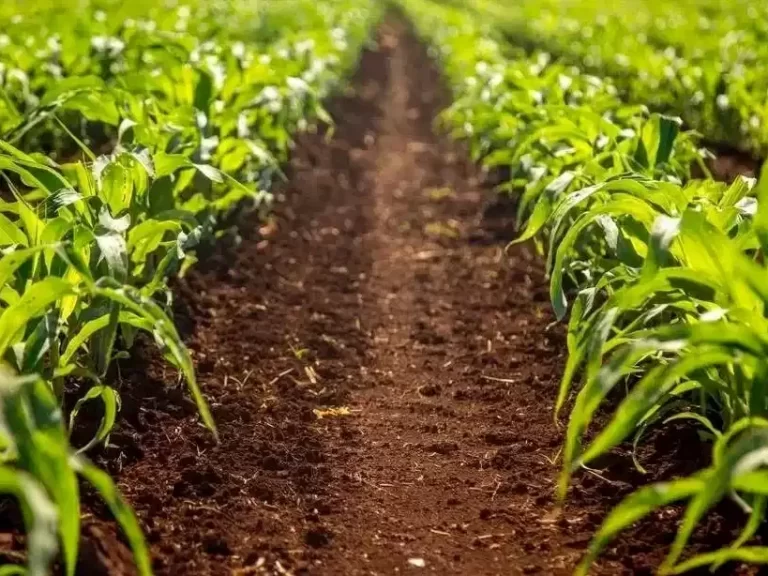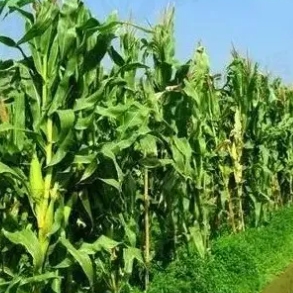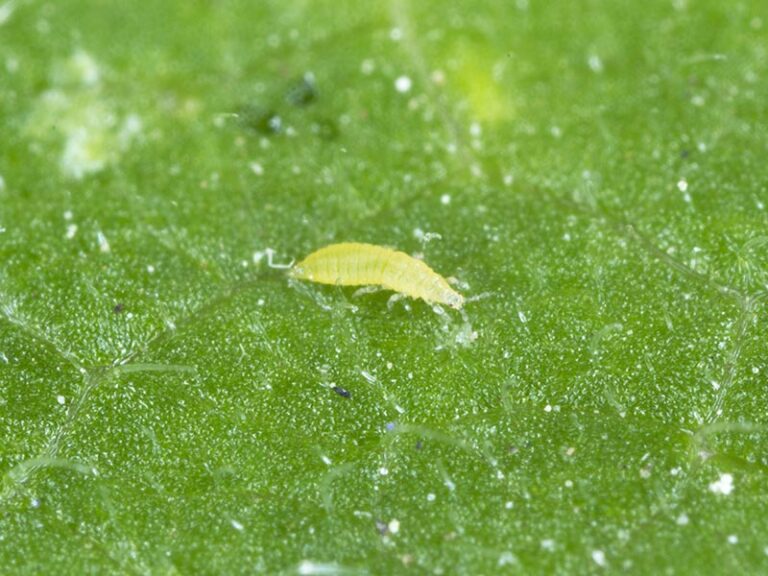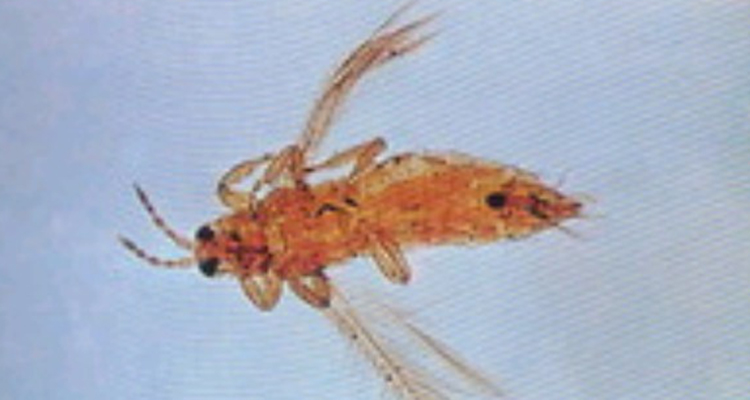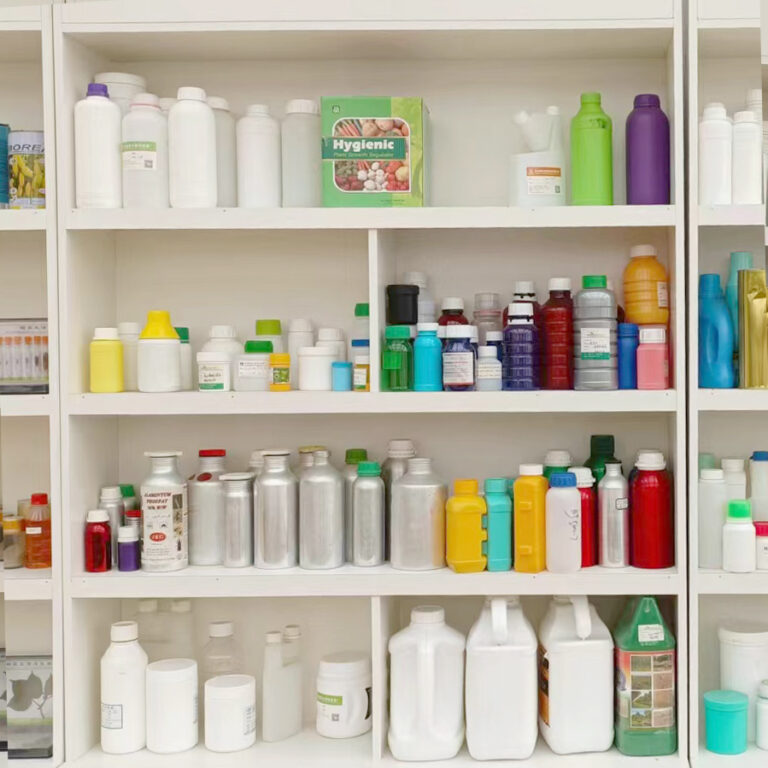Aphid life cycle
Aphid control requires understanding the life cycle of aphids.The aphid life cycle generally includes four stages: egg, larvae, pupa and adult.
- Egg stage: Female aphids will secrete gel on the leaves and eject multiple eggs at one time to form white egg clusters. These eggs can survive in dry environments for a long time.
- Larval stage: The eggs hatch into larvae, which develop rapidly and undergo several molts.
- Pupa stage: After a period of development, the larvae will turn into pupae. The pupae usually have a semi-hexagonal shape, a deeply concave head, 6 slender legs on the abdomen, and an almost transparent epidermis.
4: Adult stage: The pupa finally develops into an adult. The adult will leave the ground and fly to different places, such as the surface of leaves, bud tips of branches and leaves, or the ground, and begin to reproduce.
Reproductive characteristics of aphids:
Aphids have a very strong reproductive capacity. A female aphid can give birth once every ten days on average, and its lifespan is about three months. Under suitable conditions, aphids can reproduce 20 to 30 generations a year.
Aphid damage
- Directly suck plant juice: Aphids suck the juice from plant leaves, stems, buds and flower buds through their piercing-sucking mouthparts. This results in stunted plant growth. Symptoms such as yellow leaves, deformed leaves, curling, and dead spots appear. In severe cases, the plant may even wilt and die.
- Spread viruses: Aphids not only directly suck the sap of plants, they can also spread a variety of plant viruses. Such as yellow dwarf or leaf rot. These viruses can cause disease in plants. Further affecting plant health and yield.
- Excrement and secretions contaminate plants: Aphid excrement and secretions may induce sooty bacteria and other bacterial infections, affecting the photosynthesis of plants, thereby reducing yields.
- Affect plant tissue and cell growth: Amino acids and hormones in aphid saliva may cause symptoms such as spots and leaf curling in plants, leading to abnormal plant growth and affecting the normal growth and development of plants.
Therefore, aphids pose a serious threat to agricultural and horticultural crops. Effective prevention and control measures need to be taken to control their numbers and harm.
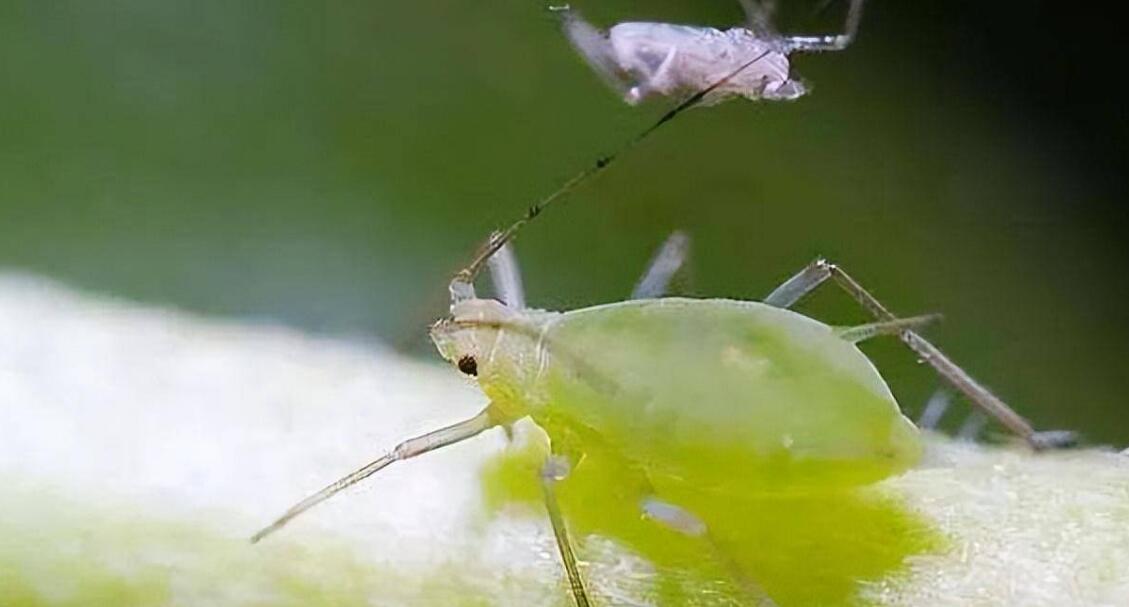
How to prevent aphids?
The best time to control aphids is in early spring when aphids first appear. Specific methods to effectively control aphids are as follows:
Varieties and farming methods to control aphids
Use disease-resistant crop varieties and implement cropping rotation. Can significantly reduce the number of aphids in the field. For example, crop rotation or interplanting with crops such as leeks that have a strong odor and repel aphids. Try to avoid planting cruciferous crops that attract aphids during the summer.
Clean fields to prevent aphids
Keep fields clean. After the previous crop is harvested or after fruit picking or pruning. Straws, dead branches, fallen leaves, weeds, litter, etc. in the fields must be thoroughly cleaned up in a timely manner. Move them out of the field for centralized burning or deep burial. The soil should be plowed and moistened to a depth of about 30 centimeters. This will kill and control the source of aphid spread.
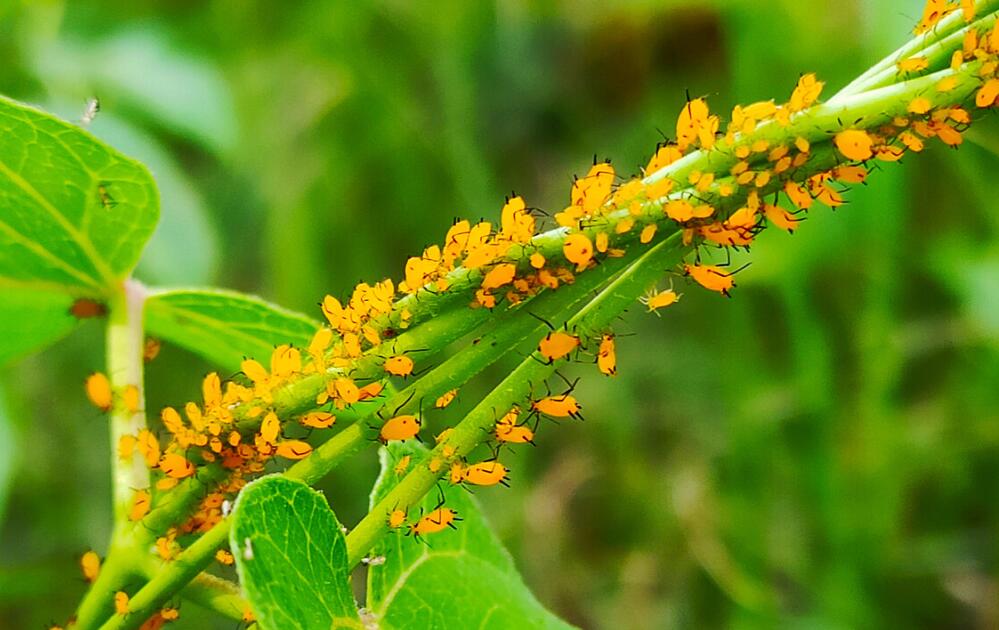
Strengthen fertilization management to prevent and control aphids
Because aphids like tenderness and sweetness. Prefers to suck carbohydrates from crop seedlings. Therefore, when fertilizing, it should be based on the level of soil fertility and the nutrient demand patterns of different crops during the growth period. Apply as much decomposed organic fertilizer, farmyard manure, and biological bacterial fertilizer as possible. Apply appropriate amounts of phosphorus and potassium fertilizers. The use of nitrogen fertilizer must be scientifically and rationally controlled or used sparingly. While cultivating strong plants and improving resistance to diseases and insect pests, prevent the branches and leaves of crops from being too dark green or excessively green, causing excessive carbohydrates in the crop. Otherwise, aphids will reproduce on a large scale in a short period of time and create favorable conditions for aphid outbreaks.
Wash and whiten to prevent aphids
For planting less vegetables and flower seedlings. When a small number of aphids appear on the seedlings, they can be washed repeatedly with water or removed with a capillary brush. For fruit trees, when clearing the garden in winter and spring, clean and scrape the tree body and use whitening agent to whiten the trunk, trunk and large branches. Not only can it kill overwintering aphids, but it can also prevent aphids from laying eggs and reproducing.
Aphids control-Use insect-proof nets
For plots where aphids occur more frequently. Insect-proof nets can be set up around greenhouses, vegetable fields, protected areas, etc. This prevents external aphids from invading and damaging crops.
Aphids control-Seed dressing and coating
Before planting crops, seeds can be coated with 40% phoxim, 60% imidacloprid, and 48% chlorpyrifos at a ratio of 0.2-0.3% of the seed amount. Not only can it effectively prevent and control aphid damage. It can also prevent other pests such as gray planthoppers, red spider mites, wireworms, grubs, and mole crickets. At the same time, this prevention and control method costs less and takes a long time, which is economical and trouble-free.
Soil treatment to prevent aphids
Soil pest control. Before crop sowing or establishment, 5% thiamethoxam or 5% imidacloprid granules can be used to control aphids. The dosage for broadcast application is 4-5 kg per mu, and for furrow application is 1-1.5 kg per mu.
Use silver gray film to control aphids
Because aphids have a strong reluctance to silvery gray. Therefore, when controlling aphids in crops, you can lay silver films in the fields or hang silver-gray film strips in and around the field sheds. This is used to expel the invasion of aphids around the fields, thereby reducing the damage to crops during the peak period of aphids.
Hang yellow sticky oil boards to prevent aphids
Aphids are yellow-twitching. We can use this characteristic to hang yellow sticky oil boards in the field to trap and kill adult insects. You can cut thin boards or cardboard into small pieces and paint both sides yellow with yellow paint (or just buy yellow boards). Then apply a layer of Vaseline and waste engine oil on the yellow board. When hanging or inserted vertically in the field, the height of the butter board should be flush with or slightly higher than the top of the crops. The yellow sticky oil board can also trap and kill pests such as millipede flies and whiteflies that have yellow tendencies.
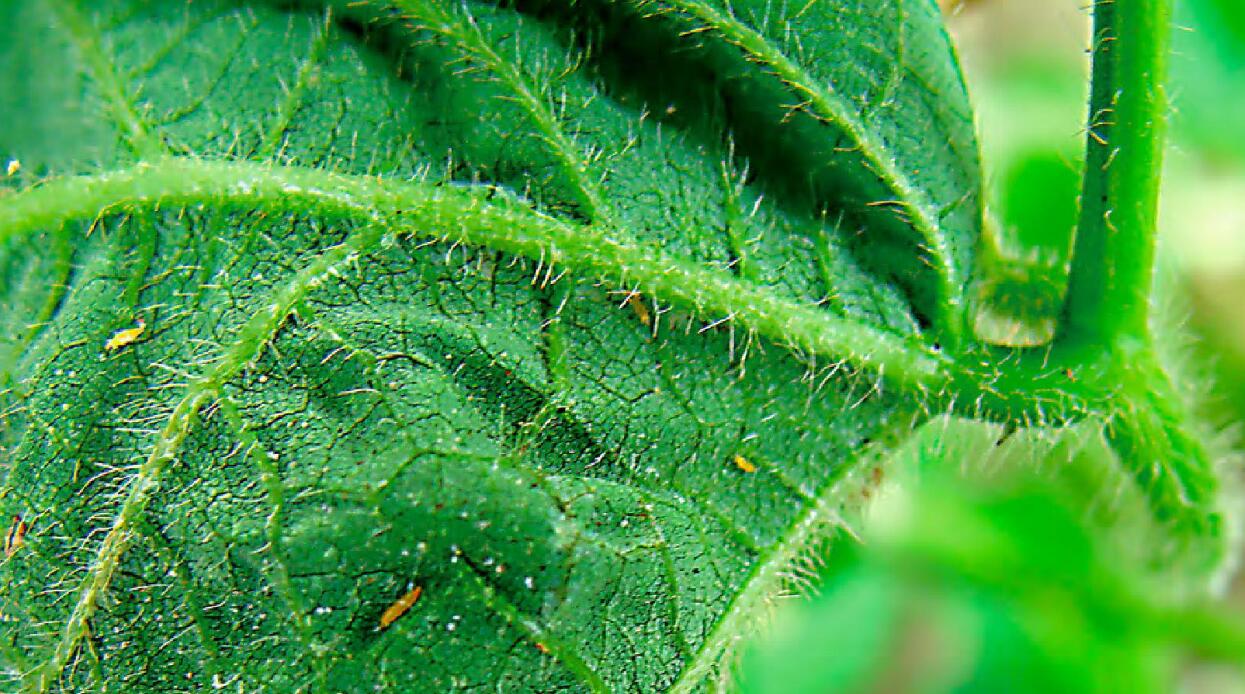
Prevent and control aphids with sweet and sour wine solution
Aphids have a sweetness tendency. Placing a homemade sweet and sour wine solution in the field can not only trap and kill aphids, but also trap and kill green leafhoppers, chafers, leaf rollers, heartworms, peach borer and other sweetness-loving pests.
The operation method is as follows: prepare brown sugar, white wine, vinegar, and water in a ratio of 1:1:4:16. When preparing, first boil brown sugar and water in a pot. Pour in the vinegar, stop the heat and let cool, then pour in the white wine and stir evenly. Finally, pour it into basins, pots, and bottles (the amount of sweet and sour wine solution accounts for half of the container). Finally, the containers containing the sweet and sour wine solution are evenly placed in areas where aphids are more abundant and active to trap and kill them. Generally, 10-20 can be placed per acre of field. If it is an orchard, it should be hung unobstructed in the middle and upper part of the canopy. In order to improve the trapping effect, the sweet and sour wine solution basin should be adjusted in time and placed upwind according to the wind direction.
Use black light to trap and kill aphids
Aphids are highly phototactic. Therefore, you can trap and kill aphids by placing a black light in the field where aphids are active.
Use natural enemies skillfully to control aphids
All pests and diseases have natural enemies to fear, and aphids are no exception. For aphids. Lacewings, seven-spotted ladybugs, axyridis, grass clams, hoverflies and aphid fungi, etc. All are natural enemies that can eliminate or control aphids. In aphid control management, if the number of aphids in the field is not very large, you can achieve the purpose of killing aphids by releasing or protecting these natural enemies. But something needs to be noted. In order to protect aphids from natural enemies, spray pesticides in the field. Pay attention to using less, light or no pesticides. And be sure not to use excessive amounts or use highly toxic pesticides.
Fumigation of greenhouses to control aphids
In greenhouses and protected areas. And when encountering continuous rainy weather that is not suitable for spraying liquid. Fumigants or dusts can also be used to control aphids by spraying and fumigating. For example, use an aphids-killing agent per acre, close the shed and light it, then smoke the shed for 3-5 hours.
Spray chemicals to control aphids
In terms of chemical control of aphids, there are currently many types of aphid control drugs on the market. However, when spraying drugs, everyone should pay attention to using drugs alternately and avoid using a single drug for a long time. Focus on spraying the backs of leaves, young leaves, buds, and tender spots where crops are hidden. At the same time, sufficient liquid should be applied when spraying (it is better to drip water from the tip of the leaf). Ensure the spray is fine and even, not heavy or leaky. If necessary, it is best to use silicone and other additives to improve the effectiveness of drug control. If the first control effect is not good, spray again after 7-10 days.
Commonly used drugs to control aphids are as follows: 20% sulfoxamid, 20% sulfoxaflor·pymetrozine, 50% sulfoxaflor, 10% imidacloprid, 2.5% deltamethrin, 25% pymetrozine , 1.8% abamectin, 1.5% pyrethrin, 50% phoxim, etc. Everyone can flexibly choose to use it according to their own needs and crop types.

